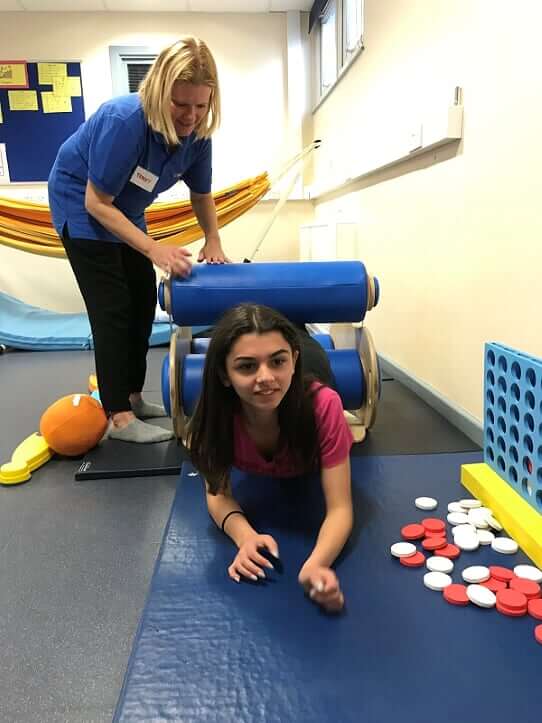Ideas and Activities to stimulate and Improve your Child's Proprioception
Watch our Zoom Webinar with Gympanzees CEO and Founder and Specialist Physiotherapist Stephanie Wheen.
Proprioception provides us with a “body map” and enables us to adjust the force and speed we use for every movement. Sensors in our muscles and joints enable us to know where our body parts are and how we are moving, without looking at them. This is very important for developing skills and adjusting movements so that they work efficiently.
This sensory system is also essential for our ability to calm, self-soothe and sustain our attention. It can help us to “wake up” our brain when it is a bit lethargic and also to calm an over-stimulated brain that is feeling anxious or overcome with other sensations or emotion. So, it is very helpful for your child to develop skills and movement patterns and also to help them learn to regulate their attention and behaviour.
None of the sensory systems work in isolation and many other factors influence these areas of development. But proprioception is one helpful and important factor that many therapists recommend considering and using throughout the day.
This webinar explains the proprioceptive system and explores how we can help our children develop and stimulate this crucial system. It includes activities, ideas and equipment you can use to help your child feel safer in their surroundings and move more effectively.

Proprioception: What is it? How does it effect your child? How can you use it at home to benefit your child?

What this webinar covers:
- 0:00 – 2:20: Introduction
- 2:21 – 5:00: What conditions have poor proprioception?
- 5:01 – 10:58: How do you know if your child struggles with their proprioception?
- 10:59 – 12:56: What are the benefits of stimulating the proprioceptive system?
- 12:57 – 15:21: How do you stimulate the proprioceptive system?
- 15:22 – 25.05: Things you can do at home to stimulate your child’s proprioceptive system.
- 25:06 – 28:31: Preparing your child’s proprioceptive system to cope with day-to-day life.
- 28:32 – 30:45: How to increase proprioceptive stimulation through chewing and the mouth.
- 30:46 – 31:10 – Conclusion.
Download a copy of the presentation here.

Stephanie Wheen
Stephanie is a physiotherapist with 18 years experience of working with children and young people with disabilities. She has also has a brother with a disability so knows the disability world as well as child health and how to help these children through exercise. She is specialised in working with children with Cerebral Palsy having done extensive post grad training in Cerebral Palsy and in Sensory Integration. She has been running her successful physio practice, Wheen Physio for Children, in Bristol since 2012 and founded Gympanzees in 2016 to meet the growing demand for therapy and exercise in the community.


